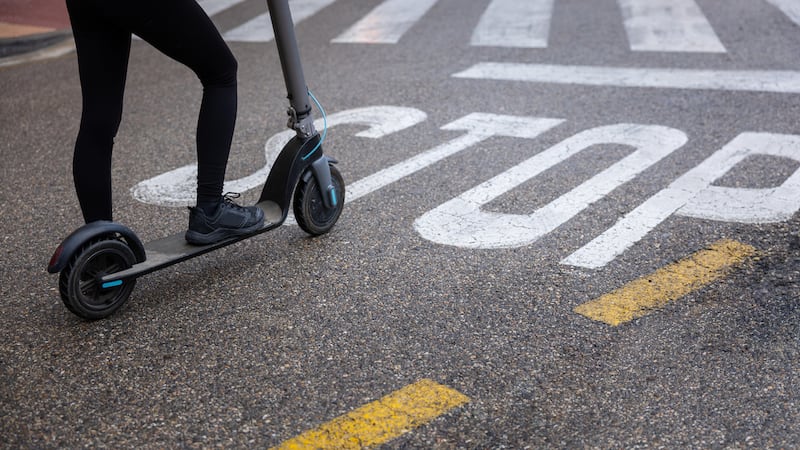Travelling to work on public transport or by bike could be making you deaf, according to a new study.
The study found that regular exposure to the rattle of tube trains and roar of traffic can induce hearing loss over time. The Canadian researchers called for more to be done to control commuter noise.
Members of the team measured noise levels on subways, trams and buses in Toronto – also recording noise exposure while travelling by car, cycling or walking.
While average levels fell within recommended safety limits, occasional loud bursts posed a risk to hearing, the researchers found.
“This study is the first to look at and quantify the amount of noise people are exposed to during their daily commute, specifically on the Toronto Transit System,” said lead scientist Dr Vincent Lin, from the University of Toronto.
“We now are starting to understand that chronic excessive noise exposure leads to significant systemic pathology, such as depression, anxiety, increased risk of chronic diseases and increased accident risk. Short, intense noise exposure has been demonstrated to be as injurious as longer, less intense noise exposure.
“We were surprised at the overall average noise exposure commuters experience on a daily basis, especially the peak noise intensity not only on trains but also on buses. Planners need to be more considerate of noise exposure in future planning of public spaces and public transit routes.”
The scientists measured noise exposure using “noise dosimeter” recording devices carried on their shirt collars about two inches away from their ears.
A total of 210 measurements were made, comparing the levels of noise people were subjected to on different modes of transport.
The results showed that almost a fifth of the loudest noise peaks on underground platforms were greater than 114 “A-weighted” decibels (dBA).
Exposure to this level of noise for more than four seconds can put people risk of hearing loss, according to guidelines from the US Environmental Protection Agency (EPA).
On bus platforms, 85 per cent of the loudest noises exceeded this level while 20 per cent of noise peaks inside trams were greater than 120 dBA.
Cycling was shown to be a particular hearing hazard, with all noise peaks rising above 117 dBA and 85 per cent topping 120 dBA.
The findings appear in the Journal of Otolaryngology — Head & Neck Surgery.
– PA













